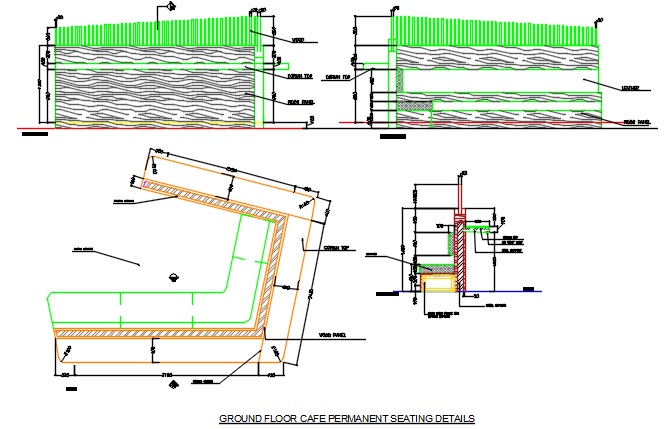A shop drawing is a drawing or set of drawings prepared and submitted by the contractor to the consultant or client. Further, the consultant reviews the shop drawings and provides his comments.
Shop drawing can be produced by the contractor, supplier, fabricators, sub-contractors but the main contractor have to submit it to the consultant or client.
Normally consultants have three options for any shop drawing.
- Approved
- Approved as noted
- Rejected
Let us discuss each scenario.
Table of Contents
1. Approved shop drawing
Approved shop drawings approved by the consultant without or with minor comments. Fabrication and installation can start after approval of shop drawings.
2. Approved as noted
When a consultant approved a shop drawing with major comments is known as approved as noted shop drawing. Fabrication and installation can be done by fulfilling all the comments by the consultant.
3. Rejected shop drawing
If the consultant rejects the shop drawing then the contractor will have to submit it again until the consultant approved it. The main cause of rejections is the lack of information in the drawing.
Advantages of Shop Drawing
- It gives detailed information to the project design team
- Clear all the doubt between consultant and contractor
- Provides a clear idea about the fabrication of any component
- Easy to know the work in the scope of a particular contractor
What is the difference between shop drawings and construction drawings?
Construction drawings are used for the purpose of the tendering process to know the scope of work and award contracts to contractors. Construction drawing is also known as Issued for Construction (IFC).
Shop drawings are used for the purposes of fabrication, erection, or execution on the site. Consultant approved shop drawings to execute the work. Any medication in the drawing is indicated in the shop drawing.
Read More:

